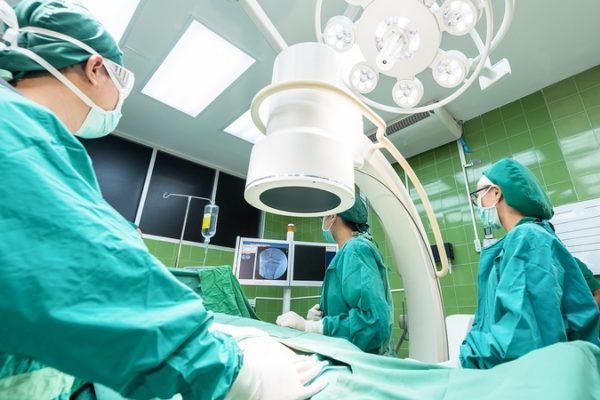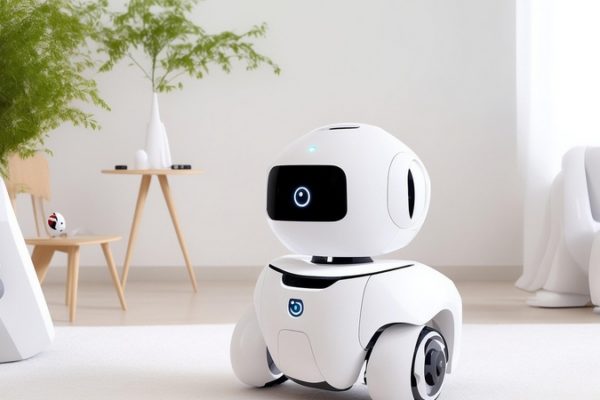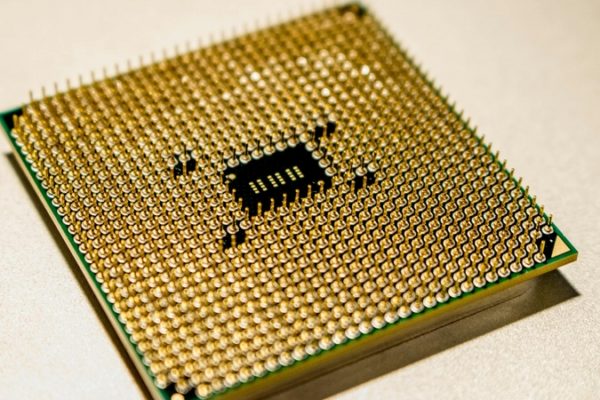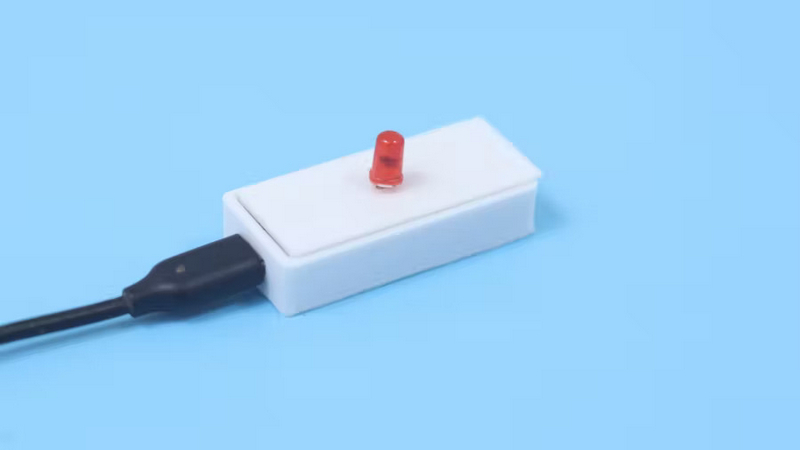
Machine learning algorithms continue to provide engineers with countless opportunities, and one area where machine learning has become irreplaceable is industrial environments. Their ability to monitor equipment and make predictive maintenance requests not only helps to save industrial applications vast sums of money, but also prevents serious damage caused by failing equipment. Recently, developer Shebin Jose Jacob demonstrated Arduino-powered tinyML proof of concept predictive maintenance sensor designed to warn before a motor fails — simply by listening to the sound of it running. What challenges does ML face, what did the maker achieve, and how can it be used to help improve industrial processes?
Top Stories This Week
- Arduino-Powered TinyML Project Uses An Edge Impulse Model to Listen Out For Motor Failure
- Amazon Robotics Sued For $280 Million By Supplier Left Holding The Bag(S)
- Helm.ai Snags $31M To Scale Its ‘Unsupervised’ Autonomous Driving Software
- John Deere Turns To 3D Printing More Efficient Engine Parts
- McDonalds Trials First Autonomous Restaurant
- Bacteria Could Play A Role In 3D Printed Construction On Mars
- New Advances In 3D Printing That May Transform The Way Live
- Everything You Need To Know About True Artificial Intelligence
- Researchers Develop AI-powered Malware Classification For 5G-enabled IIoT
- Wearable Sensor Monitors Biomolecules In Deep Tissue
- Single-Pair Ethernet – The Standard for the Industrial Internet of Things
Hardware Business News
Amazon Robotics Sued For $280 Million By Supplier Left Holding The Bag(S)
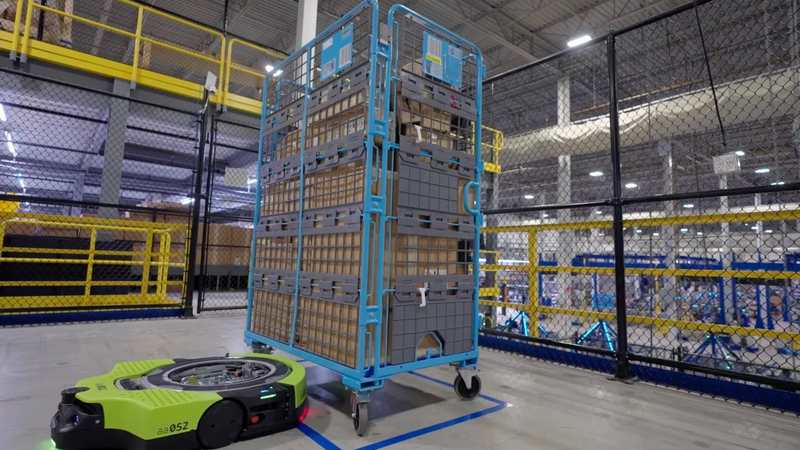
Amazon is well known for taking advantage of technology, whether it’s AI, data farming, or robotics. In fact, it is these very technologies that have allowed Amazon to rapidly grow into one of the world’s most valuable businesses, even making the CEO the richest man for some time. But while Amazon continues to focus on robotic integration, recent troubles in the global economy have seen Amazon face tough decisions. On December 13th, Amazon’s robotics division was hit with a lawsuit seeking $280 million in damages from Gilimex Inc., a Vietnamese company responsible for manufacturing the steel and fabric storage containers that hold items as they’re moved around the company’s warehouses. What challenges does Amazon currently face, why is it being sued, and does the prosecution have a case?
Helm.ai Snags $31M To Scale Its ‘Unsupervised’ Autonomous Driving Software
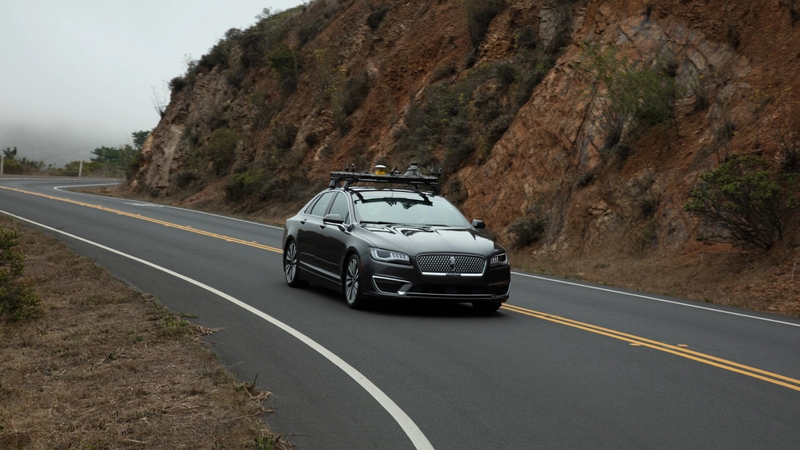
Numerous automakers are racing towards self-driving vehicles, and while many have managed to come close, they have yet to succeed. Even vehicles that drive on specific roads that have been carefully mapped out for an AI driver still struggle to cope with unexpected events, including emergency vehicles, roadblocks, construction vehicles, and pedestrians. In the hope of being one of the first to achieve self-driving capabilities, California-based startup Helm.ai recently raised $31 million in a Series C round led by Freeman Group, just one year after it snagged $26 million in venture funding. This latest round, which included ACVC Partners, Amplo and strategic investors Honda Motor Co., Goodyear Ventures and Sungwoo Hitech, has pushed Helm.ai’s valuation to $431 million. What challenges do self-driving vehicles face, who is Helm.ai, and how will the new funding round help achieve its goals?
John Deere Turns To 3D Printing More Efficient Engine Parts

3D printing is arguably one of the most important R&D technologies to date, thanks to the ability to print fully custom designs in cheap materials, do so at speed, and allow for numerous design changes to take place in a matter of hours instead of weeks. One company that is no stranger to 3D printing technologies is John Deere, famous for manufacturing quality farming equipment. However, while John Deere has traditionally used 3D printing for prototyping, they have recently launched a new engine that uses a 3D-printed part, demonstrating the power of 3D printing in future manufacturing processes. How has 3D printing enabled engineers to design new parts, why is John Deere turning to 3D printing for market-ready parts, and could 3D printing become a mainstream manufacturing process for commercial parts?
McDonalds Trials First Autonomous Restaurant

As the use of robotics and automation continues to increase, so do concerns that such technologies will replace humans in most jobs. Over the past few decades, engineers have made numerous attempts to create robotic chefs and waiters with little progress due to the complex nature of cooking and human interactions. Now, one McDonald’s in the US has opened its first fully autonomous restaurant that allows customers to place orders inside or in the drive-thru with zero human involvement. What challenges does automation present, how has McDonald’s achieved this feat, and why is there so much backlash?
Hardware Engineering News
Bacteria Could Play A Role In 3D Printed Construction On Mars

Should humans ever reach Mars, the first priority will be to construct habitats, and while large ships carrying pods is certainly one solution, creating habitats from materials found in the Martian crust is far more practical. Recently, researchers at the University of California, Irvine, have studied the biochemical process that cyanobacteria undergo to absorb nutrients from rocks in Chile’s Atacama Desert. They found that these bacteria can alter the properties of the rocks, and believe that this could be applied for 3D printed construction in similarly hostile environments- such as Mars. What challenges does Mars exploration present, how can 3D printing technologies help, and when will man finally land on the red planet?
New Advances In 3D Printing That May Transform The Way Live
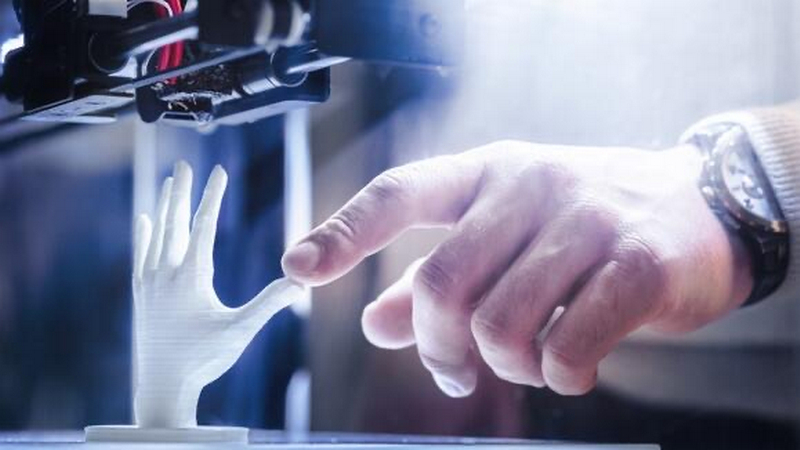
Technology as a whole has advanced rapidly throughout the last few decades, opening the doors to faster change and more efficient progress for us as a people. 3D Printing, also known as additive manufacturing or rapid prototyping, has become one of these new technologies set to transform the way we live. Since the first patent was filed in the 1980s, 3D printing has been used and has impacted many modern industries, such as the global fashion, manufacturing, and food industry. In this article published by newsbreak, learn about how advanced 3D printing technologies will transform how we live our daily lives.
Everything You Need To Know About True Artificial Intelligence
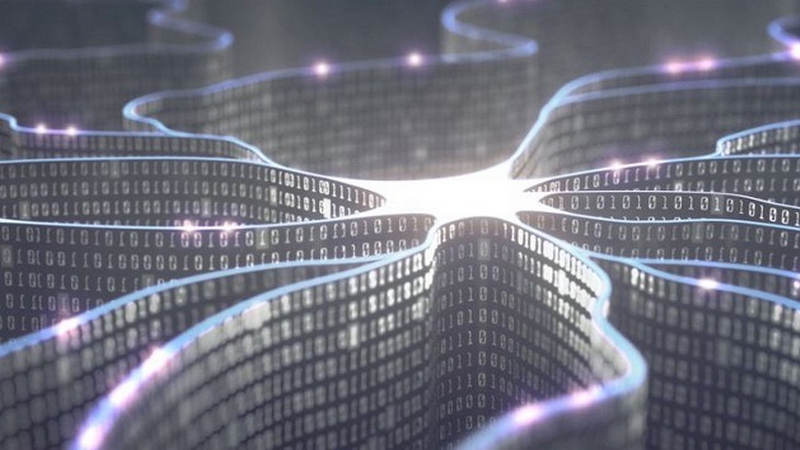
While AI continues to play an important role in daily life, the term “Intelligence” seems to be loosely used by engineers and marketing teams. For example, devices with internet connectivity are often called “smart” despite the term specifically meaning devices that can respond to changes in data streams intelligently (i.e., not just connected to the internet). In this article published by theconversation, learn about everything you need to know about what artificial intelligence is, and everything that it isn’t!
Hardware R&D News
Researchers Develop AI-powered Malware Classification For 5G-enabled IIoT

As the number of IoT devices worldwide continues to skyrocket, concerns around security remain the number one priority amongst governments and experts alike. If such devices are allowed to continue operating with flawed security practices, devices used in critical applications such as healthcare, safety systems, or utilities will be vulnerable to cyberattacks. To start addressing the problem, a team of multinational researchers led by Professor Gwanggil Jeon from Incheon National University, in South Korea, have developed a deep learning-based malware detection and classification system. What challenges does the IIoT industry face, what have the researchers achieved, and what role will AI play in future cybersecurity?
Wearable Sensor Monitors Biomolecules In Deep Tissue
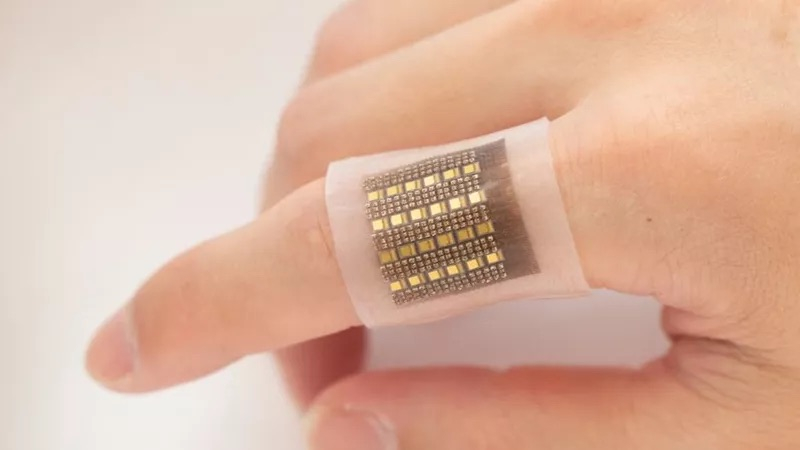
While wearable medical devices are still in their infancy, their ability to provide active medical monitoring presents medical professionals with countless possibilities. Recently, engineers in the US claim to have developed a wearable electronic sensor that can monitor biomolecules in deep tissues, including haemoglobin. According to the University of California San Diego team, its skin patch could give medical professionals unprecedented access to crucial information that could help spot life-threatening conditions such as malignant tumours, organ dysfunction, cerebral or gut haemorrhages and more. What challenges do engineer face with wearable medical devices, how did the team achieve this feat, and could it be commercialised?
Open-Source Hardware News
Single-Pair Ethernet – The Standard for the Industrial Internet of Things

While numerous communication protocols exist for industrial applications, finding one solution for all applications remains a significant challenge. Whether it’s due to different manufacturers not being able to agree on how messages should be sent, or what cable they should use, it seems that, generally speaking, no one can truly agree on anything. However, one solution that may change this is the single-pair ethernet that reduces cable weight, and cable price, and is open to anyone to use. What challenges does IIoT face, what is single pair ethernet, and how can it help engineers?
